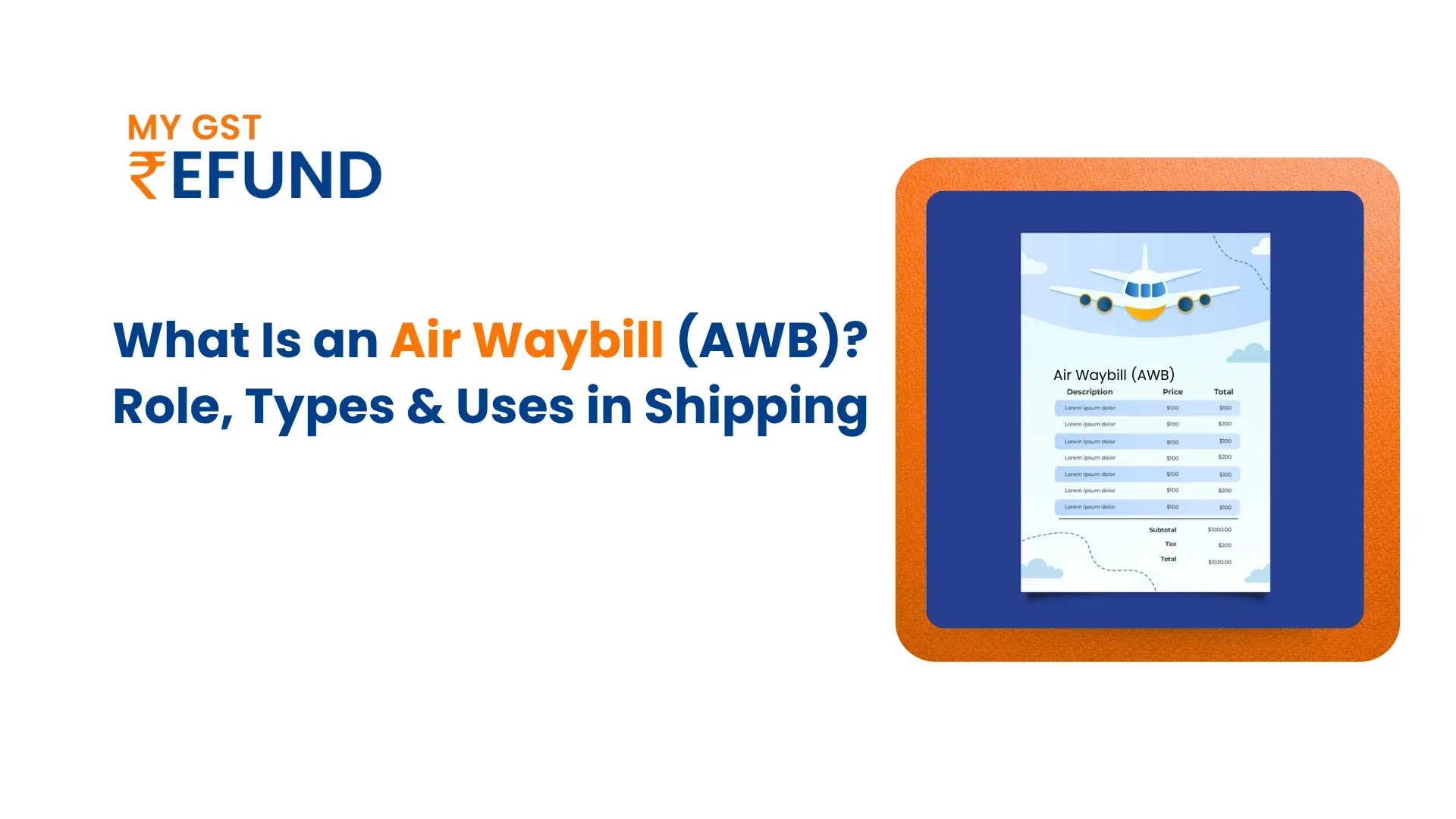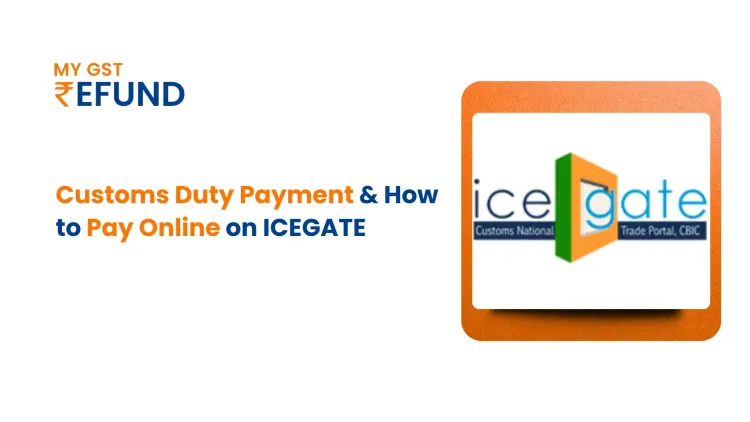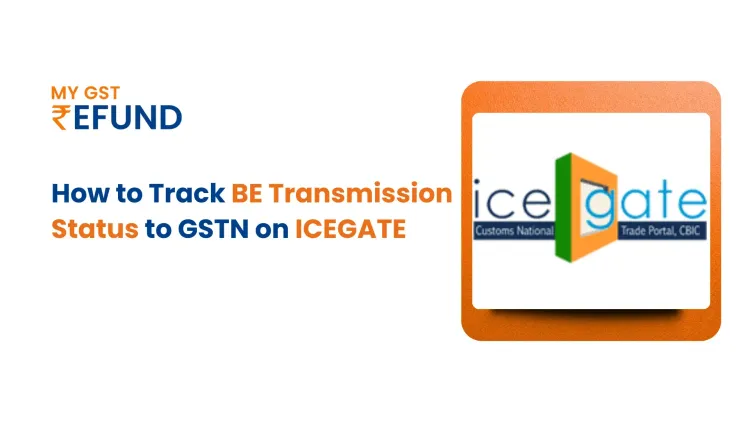What Is an Air Waybill (AWB)? Role, Types & Uses in Shipping
As the world of international logistics moves at a speedy pace, goods are ensured to be sent out in a timely, safe manner and with the proper documentation. For shipments internationally, air and ocean are the two international shipping modes that the industry recommends the transporters use. Of the two shipping modes, air shipment is faster; however, air shipment also tends to have better tracking information than ocean shipping. One of the most critical documents used to accompany goods sent by air is called an Air Waybill (AWB).
This blog is a complete guide to gain insight into its roles, both legally and logistically, the difference between it and other shipping documents, the advantages and disadvantages of its use, etc. By the end of this article, you will understand what the AWB represents and how to utilise it in your international shipments and processes.
What is an Airway Bill?
An air waybill (AWB) is a legal document utilised in shipping and transporting goods by air. An air waybill is comparable to a Bill of Lading for sea freight as it acknowledges receipt of goods, is a contractual agreement to carry, and generally acts as a document of title. Basically, it is a shipment document that is usually non-negotiable, meaning it is not transferable to a third party utilising support.
The International Air Transport Association has created some regulations for air waybills to make the process smoother, and all parties are following the same rules, reducing the chances of error, making sure the shipment arrives safely and on time.
Key Functions of an Air Waybill (AWB)
Receipt of Goods: the Air Waybill (AWB) acknowledges that the airline has received the goods from the shipper for transportation, and identifies its quantity, type, and condition at the time of acceptance.
Contract of Carriage: It acts as a contract between the shipper and carrier (the airline), and specifies the terms of transport, including delivery location, charges, and responsibilities for both parties.
Non-Negotiable Document of Title: The Air Waybill is non-negotiable and, unlike a negotiable Bill of Lading, is not transferable since it only serves to identify the goods and their rightful consignee. The consignee must present the AWB to claim the goods upon arrival, but cannot transfer ownership without the document being given to the original shipper.
Key Components of an Air Waybill
An Air Waybill contains important details regarding the shipment, such as:
Shipper Information: Name of the person, address, and contact details of the shipping person.
Cosingee Information: It includes the details of the recipient who will receive the goods.
Cargo Information: It describes the name of the airline and its details, or the carrier that is responsible for transporting goods.
Flight Information: It includes the days, the flight number, and other information about the departure and arrival airports of the shipment.
Description of Goods: A description of the goods shipped has to be done accurately, including weight, dimensions, quantity, etc. This is important for cargo handling and customs clearance.
Freight Charges: The details of the freight charges, whether paid by the shipper, ie, prepaid, or collect to be paid by the consignee upon delivery.
Special Instructions: Special requirements or any special information on how to handle, transport, or deliver the goods, i.e., temperature-controlled products, etc.
Terms and Conditions: This section includes the legal terms and conditions of the air transport agreement, which would define what the shipper and carrier are responsible for and their liabilities.
An airbill number: An airbill number is a unique number that identifies the shipment.
Types Of Airway Bill
There are two major types of airway bills:
Master Air Waybill (MAWB) is issued by the airline or by the authorised agent. It covers the entire shipment, especially in cases where the freight forwarder is handling multiple shipments. MAWBs are used for single-carrier shipments and typically accompany the shipment for the air transportation stages.
A House Air Waybill (HAWB) is issued by a freight forwarder and is used for an individual shipment. It provides the agreement between the freight forwarder and the shipper. The HAWB specifies the particulars for each shipment of a larger consolidated unit. The HAWB has specific wording to fulfill the shipper's need(s) and is used for the freight forwarder's internal record-keeping purposes.
Importance of an Air Waybill in International Shipping
Proof of Shipment: A receipt of goods received by a carrier for transportation. It is necessary to confirm that the goods have been transferred for air transportation.
Facilitation of Customs Clearance: The Air Waybill is often a requirement to clear goods through customs at the origin and destination countries. It gives important information to customs authorities for inspection and release of the goods.
Tracking Shipment: The AWB is characterised by unique shipment identifiers, which allow both the shipper and consignee to monitor the shipment through the airline's tracking system.
Payment of Freight Charges: The AWB contains the terms related to freight charges. Whether the charges are prepaid or to be collected upon delivery, the AWB ensures that the financial transaction for transportation has been clearly defined.
Advantages Of Air Waybill (AWB)
Fast and Efficient: The Air Waybill can accelerate the global movement of goods because air transport is so much quicker than the other transport modes (sea, cargo). Goods can be transported literally within a few days, which makes it a much affordable option for global shipment of goods.
Less Exposure to Risk: Generally, air transport minimises handling exposure and reduces exposure to the elements; therefore, it is a safer way to transport valuable or fragile items.
Standardised Document: The AWB is a standardised document (under IATA, which is an international air transport doc), so shippers no longer have to battle with inconsistent processes when moving goods internationally.
Disadvantages of Air Waybill (AWB):
Non-Negotiable: The AWB is non-negotiable and cannot be used as collateral or traded while in transit. This limits its usefulness for financing purposes in trade situations.
Limited to Airfreight: An Air Waybill is usable for air transport only, but does not encompass multimodal transport like sea, road, or rail modes of transport. As the Bill of Lading encompasses different modes of transport.
No Transfer of Ownership: The ownership or possession of the Air Waybill (AWB) cannot be transferred to other parties while in transit, which may be useful for some trade or financing conditions.
Possibility of delays: While air transport may be faster than other means of transport, issues such as weather, congestion at airports, or other logistical issues can and will delay the transport and, as a result, commit the consignee to delays in order fulfillment.
Conclusion
The AWB is an important document in international trade and logistics. It provides a record of the transaction to all parties (shipper, consignee, and carrier) along with the terms of transport. The benefits of using an AWB are speed, ease of use, and security. Nevertheless, there are limitations of the AWB as it is a non-negotiable document, which is limited to air freight. Businesses that use air freight must have a good understanding of the AWB in terms of its functions, types of AWB, and its importance.
Read More: Export Finance
Related Posts







